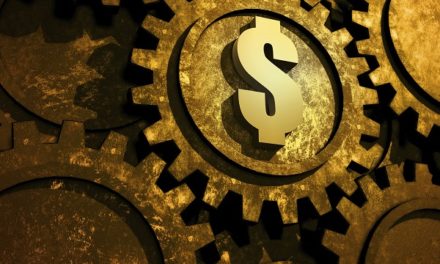
“I buy on the assumption that they could close the market the next day and not reopen it for five years.”
— Warren Buffett
The wisdom of Warren Buffett reflects a value-based philosophy about investing that says investors are buying shares in a business, and encourages strategic thinking about investment time horizon. Before placing a buy order for a stock, a great question we can ask is whether we would still be comfortable making the investment if we couldn’t sell it for many years?
A “buy-and-hold” approach may call for a time horizon that spans a long period of time — maybe even lasting for a five year holding period. Suppose such a “buy-and-hold” investor had looked into buying shares of Hasbro, Inc. (NASD: HAS) back in 2015. Let’s take a look at how such an investment would have worked out for that buy-and-hold investor:
| Start date: | 12/11/2015 |
|
|||
| End date: | 12/10/2020 | ||||
| Start price/share: | $68.37 | ||||
| End price/share: | $88.68 | ||||
| Starting shares: | 146.26 | ||||
| Ending shares: | 167.18 | ||||
| Dividends reinvested/share: | $12.06 | ||||
| Total return: | 48.26% | ||||
| Average annual return: | 8.19% | ||||
| Starting investment: | $10,000.00 | ||||
| Ending investment: | $14,826.18 | ||||
As we can see, the five year investment result worked out well, with an annualized rate of return of 8.19%. This would have turned a $10K investment made 5 years ago into $14,826.18 today (as of 12/10/2020). On a total return basis, that’s a result of 48.26% (something to think about: how might HAS shares perform over the next 5 years?). [These numbers were computed with the Dividend Channel DRIP Returns Calculator.]
Notice that Hasbro, Inc. paid investors a total of $12.06/share in dividends over the 5 holding period, marking a second component of the total return beyond share price change alone. Much like watering a tree, reinvesting dividends can help an investment to grow over time — for the above calculations we assume dividend reinvestment (and for this exercise the closing price on ex-date is used for the reinvestment of a given dividend).
Based upon the most recent annualized dividend rate of 2.72/share, we calculate that HAS has a current yield of approximately 3.07%. Another interesting datapoint we can examine is ‘yield on cost’ — in other words, we can express the current annualized dividend of 2.72 against the original $68.37/share purchase price. This works out to a yield on cost of 4.49%.
Another great investment quote to think about:
“A market downturn doesn’t bother us. It is an opportunity to increase our ownership of great companies with great management at good prices.” — Warren Buffett




